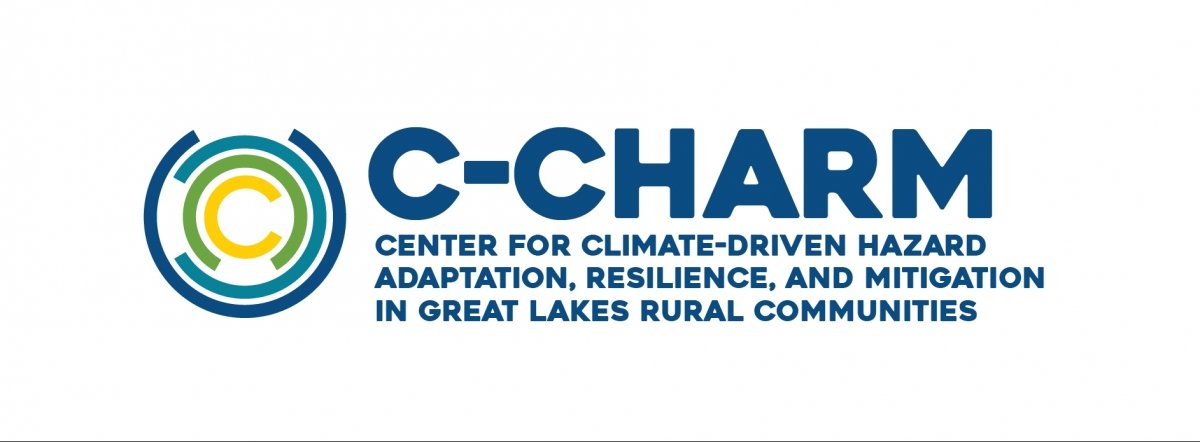
C-CHARM will strengthen regional climate resilience by empowering rural community planners in the Great Lakes region, providing them with vital climate data and the tools they need to better plan for climate change and increased severe weather. C-CHARM and its partners will fold climate modeling and risk assessment into a toolkit to help the Upper Peninsula’s communities make decisions during natural disaster events, such as extreme storms, flooding, landslides and sinkholes. The toolkit will also consider vulnerabilities in the energy grid and recommend possible energy transitions based on scenarios and input from communities in the Upper Peninsula. It will also include economic impact scenarios corresponding to the power system transitions and flood risk profiles under changing climate. They will be joined by collaborators from the DOE’s Argonne National Laboratory (Argonne); community partners at the Western Upper Peninsula Planning & Development Region Office; the Keweenaw Bay Indian Community; the Michigan Science, Technology, Engineering, and Mathematics Network; and the Keweenaw Economic Development Alliance.
This center is one of six Climate Resilience Centers (CRCs) being funded by the U.S. Department of Energy (DOE) with a nearly $860,000 grant.
C-CHARM's integrated technology hub incorporates existing data, tools, and predictive models funded by multiple federal agencies while promoting community-centered research. It prioritizes a research approach that is inherently rooted in the needs and aspirations of the local communities. This hub serves as an advanced platform that leverages multi-disciplinary expertise to facilitate community-based solutions in response to climate-induced challenges. Through C-CHARM, the integrated technology hub will expand and advance the information and toolkits we have developed based on the RHRT framework and RHRT/ClimRR functionalities. The visualization tool and the associated contextual data layers will present scenario-based information on climate, hazards, energy, and economic impact detailed in each research focus area. Refer to the C-CHARM website for further information about the team, research activities, and tools.